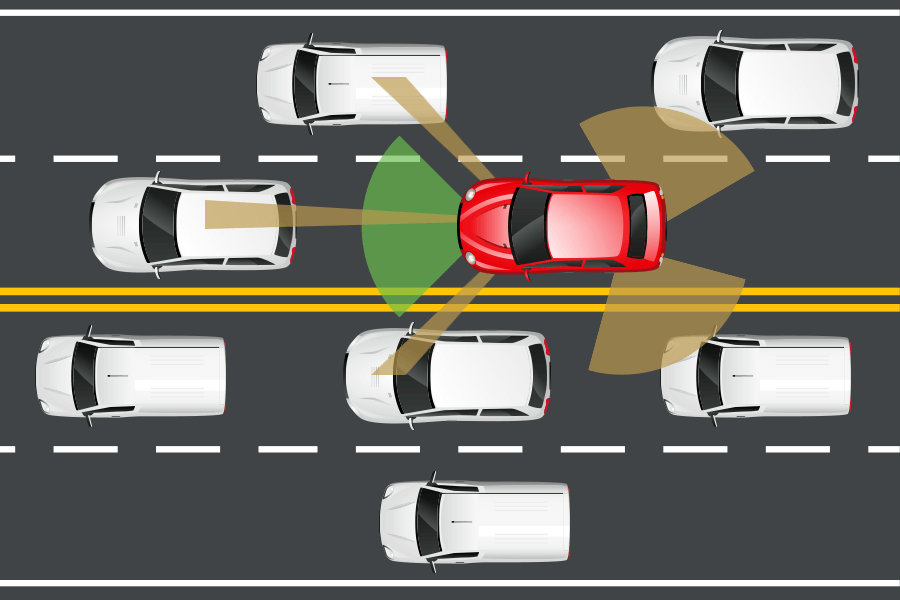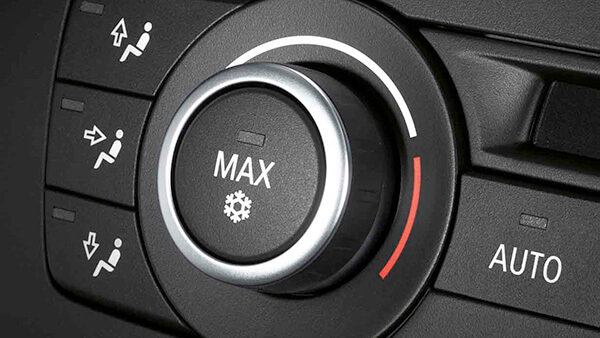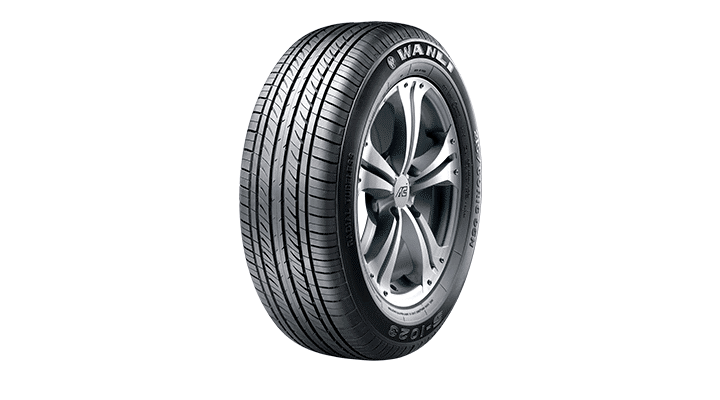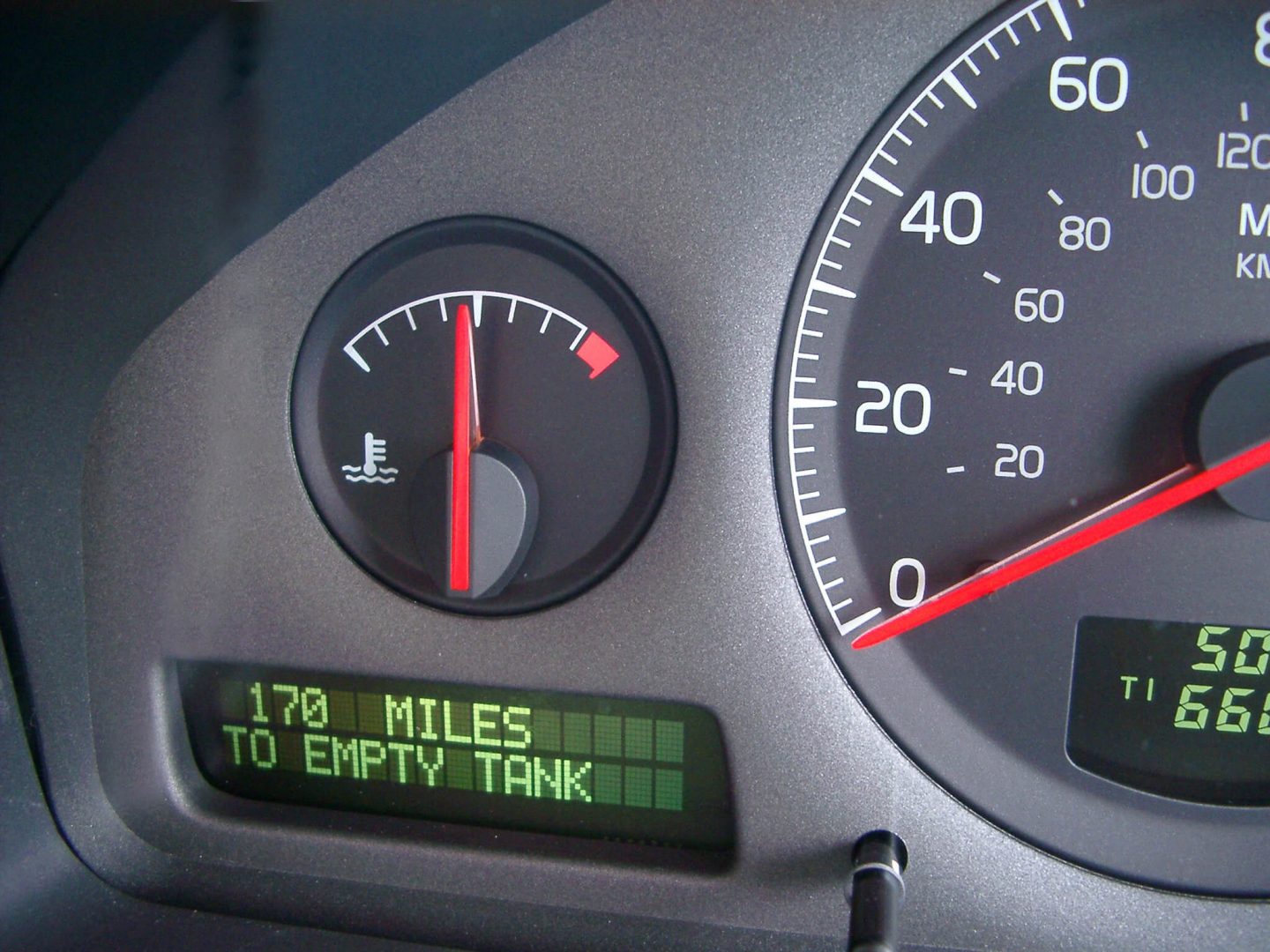Updated on 2024/03/23- Gone are the days when you could turn a screw on a carburetor to tune up an engine. Today’s engines contain sensors to tell the vehicle’s computer what’s going on. Car sensors check for fuel-air mixture, incoming air temperature, wheel speed, and manifold pressure. They then tell your vehicle’s computer what to do, based on that information.
Reading Check Engine Light Codes
Like anything else, sensors wear out, corrode, or become dirty. This essentially blinds the computer and triggers the dreaded check engine light.
Either way, you should always consult a repair manual before attempting any procedure involving car sensors. If you’re servicing a vehicle built before 1996, you’ll need a code reader that reads OBD I information. Post 1996, you’ll need a code reader capable of OBD II diagnostics.
Check with an Advance Auto Parts Team Member to determine your code reader needs. Click for more information on specific OBD II and OBD I codes.
Common Automotive Sensors
When sensors fail, your engine may experience poor gas mileage and performance. In severe cases your engine may fail. So it pays to replace worn automotive sensors right away.
Here are a few common sensors you may encounter in your vehicle:
- The idle air control valve (IAC) helps regulate the amount of air entering the engine at idle. The idle air control valve is usually located on the throttle body. It helps in the engine warm up process much like the choke on a carburetor.
- The manifold absolute pressure sensor (MAP) checks for variations in air pressure coming into your engine. The computer senses these variations and delivers the right amount of fuel and spark.
- The intake air temperature sensor (IAT) helps the computer regulate exhaust gas recirculation for cleaner tailpipe emissions. The intake air temperature sensor is usually located in the air cleaner housing.’
- The O2 sensor is located in the exhaust stream and monitors the content of the exhaust gases leaving the engine. It’s a key part of the emissions control chain and helps the engine computer calculate fuel mixture and fuel delivery. A failing O2 sensor often results in a rich-running condition and black tailpipe smoke.
- The mass air flow (MAF) sensor monitors the volume and density of air entering the engine; it works with the O2 sensor to calculate fuel delivery on the front end, as the O2 sensor monitors gases on the back end.
Other sensors
The crank position sensor monitors the rotational speed of the crankshaft and uses this information to help govern fuel mixture and spark advance. It may be located on the flywheel, the main crank pulley, the camshaft or the crank itself. If the crank position sensor fails, the engine may not start at all.
Anti-lock brake systems (ABS) work by sensing and comparing wheel rotation speed. If wheel speed is unequal, the anti-lock brake system computer senses impending lockup; through a network of valves and pumps, it then proportions braking pressure to prevent wheel lock.
Replaced a sensor on your vehicle recently? Tell us about your experience. Leave a comment








